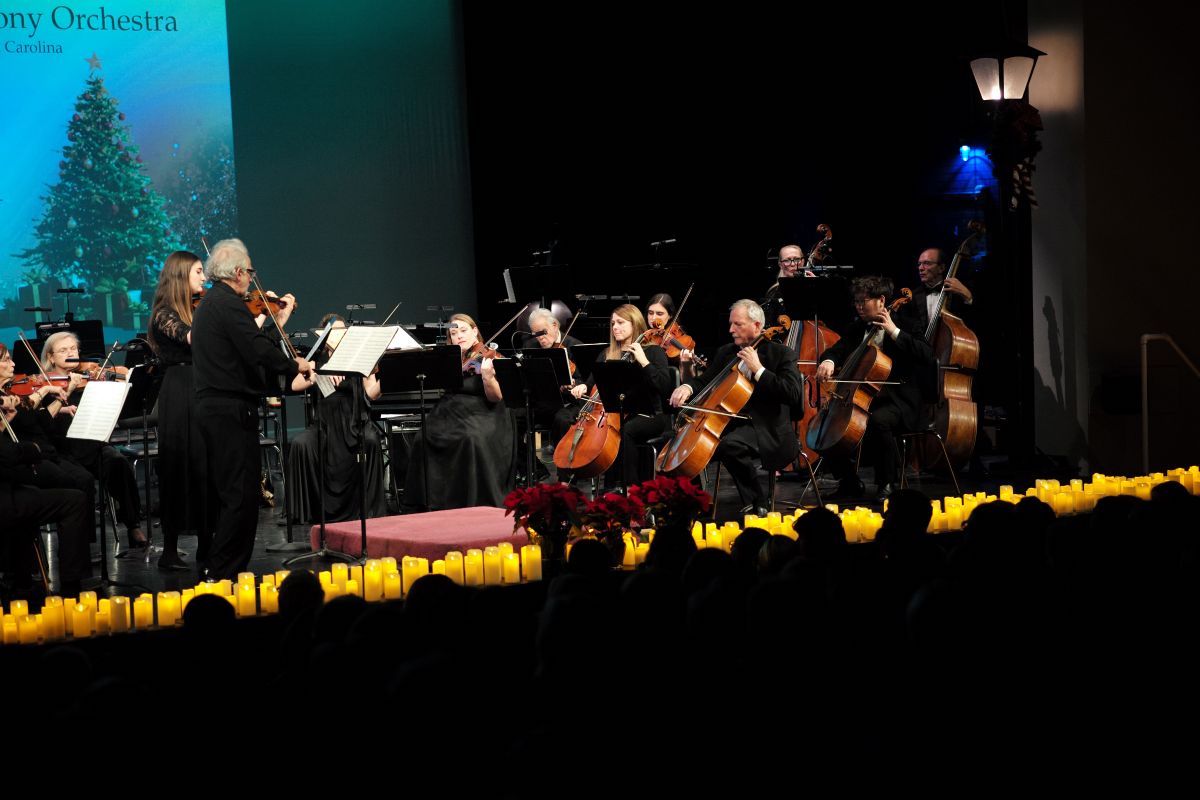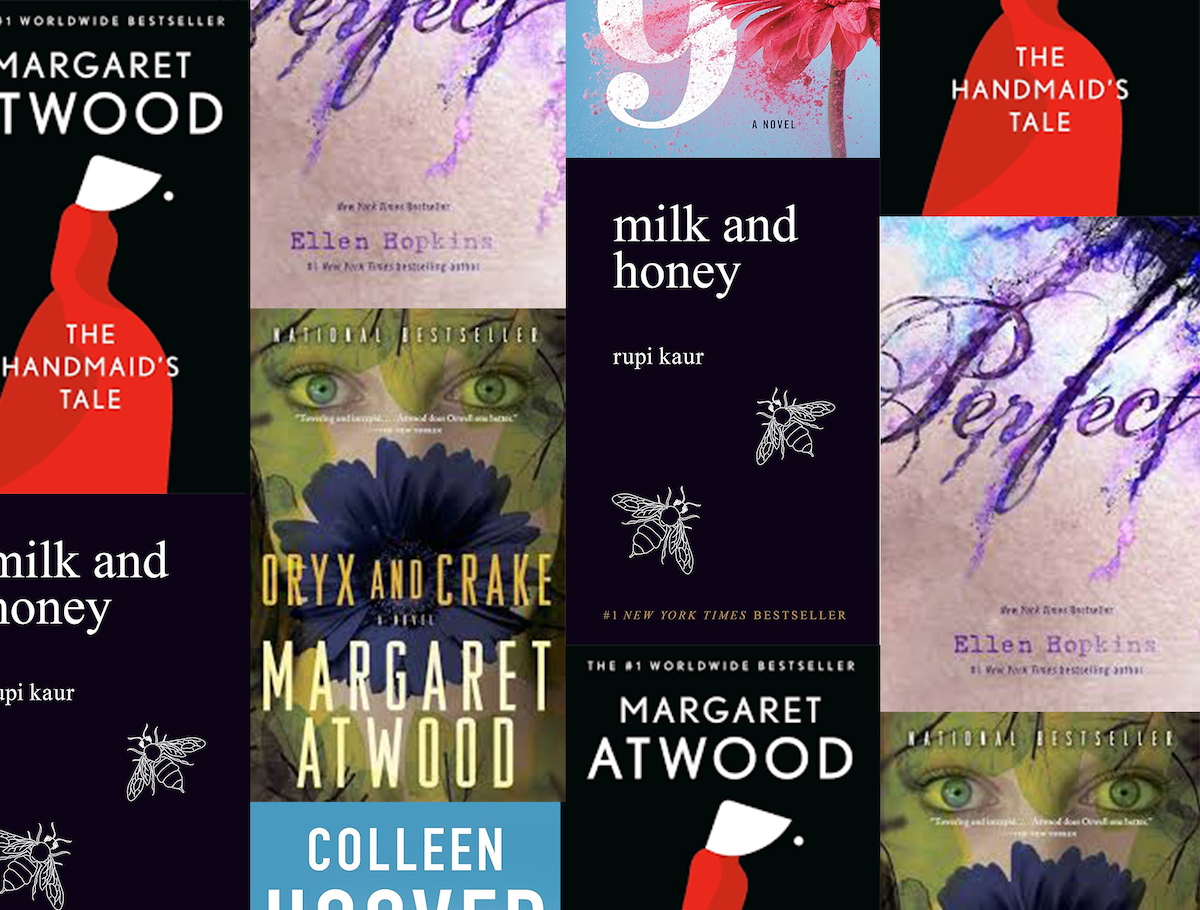By Becky Sprecher
“I see poor crazed Lucia’s eyes’ unnatural gleam, Her hair down her back falls loose and dishevel’d.”
– Walt Whitman,“Proud Music of the Storm”
The first thing an opera lover will tell you when they hear you are going to see Gaetano Donizetti’s Lucia di Lammermoor is, “You gotta have a good Lucia.” Come find out why when the Metropolitan Opera broadcasts this opera live in Hi-Def at USCB’s Center for the Arts on Carteret Street, on Saturday, May 21. Curtain is at 1 p.m.
The opera is based on Sir Walter Scott’s 1819 novel The Bride of Lammermoor, which tells the story of a young woman caught in the maelstrom of two rival families in financial decline. The solution to the Ashton family’s problems, according to Lucia’s scheming brother Enrico, is to marry her off to the newly wealthy Arturo Bucklaw, thereby securing the family’s future.
But Lucia is having none of it because she has fallen in desperately love with Edgardo, the leader of the Ashton family’s enemy. Being forced to marry Arturo is the last straw for her; she descends into madness that initiates the opera’s tragic ending.
Scott’s story was so compelling that many novelists drew inspiration from it. As H. Owen Lee writes in his book, A Season of Opera, it was “at a performance of Lucia in Rouen that Madame Bovary regretted ever marrying her husband, and it was almost certainly at a Moscow performance of Lucia in Petersburg that Anna Karenina was moved to flee guiltily from her lover.”
The character of Lucia is so central to the opera that casting a virtuoso singer for the part is essential. We will have that virtuoso in Ft. Lauderdale-born Nadine Sierra, a recent Richard Tucker and Beverly Sills Award winner and rising star at the Met.
Lucia is a star turn for a soprano who specializes in what is known as the bel canto repertory. Popular in the 18th and early 19th centuries, bell canto means “beautiful singing.” While a good bel canto singer must possess beauty of sound, he or she must also have a mastery of breath control, agility in florid passages, and an ability to hit the high notes.
Such vocal pyrotechnics are really exciting for the audience and can move the listener in deeply personal ways. They certainly proved life-changing for the poet Walt Whitman. Said the New York Times, “Italian bel canto opera was so important to Whitman that he claimed it was essential to conceiving and writing his magnum opus, the poetry collection ‘Leaves of Grass,’ which contains hundreds of musical terms, as well as the names of composers and performers. The word ‘song’ appears more than 150 times.”
This type of singing dovetailed perfectly with the talents of Italy’s Gaetano Donizetti, who composed almost 70 operas, churning them out like Erle Stanley Gardner did with his Perry Mason courtroom dramas. Donizetti also suffered from mental illness, and characters in bel canto operas often go mad. “The singing lends itself to this particular struggle,” writes H. Own Lee. “The music seems to express the sadness of all human suffering, our helplessness in the face of adversity.”
Although much has been learned about mental illness since the mid-1800s, it still plagues a great many people in spite of recent advances. This opera takes us closer to how those afflicted with these diseases actually feel. How does it sound musically when one has a psychotic episode? Lucia tells us in her Mad Scene aria that careens wildly from tenderness and joy to terror, singing to the sounds of a flute that no one else can hear.
We are going to see Lucia like we’ve never seen her before. Director Simon Stone has designed a new production that takes us from the hills of southeast Scotland in the early 1700s to the American Rust Belt of the present day. As one who is attracted to traumatic stories, Stone was fascinated with the repressive patriarchal society and persistent violence against women in the story of Lucia di Lammermoor.
A traumatic story set in the days of yore can sometimes seem so far removed that we run the risk of taking it less seriously. Presenting it in today’s time frame, however, can heighten the impact because the audience can more easily identify with it. In an interview with the Met, Nadine Sierra sees Lucia’s reinterpretation as a good way to reach contemporary audiences. “It shows the struggles that certain young women have in their lives now and brings them to the stage in a realistic sense … so the audience can walk away thinking a lot about it.”
In Stone’s concept, the characters are under enormous pressure from the realization that the American Dream has failed them. His Lucia is all tricked out in torn jeans and a little pink puffer jacket, standing anxiously in front of a pawn shop. Grieving the loss of her mother and feeling powerless because of her manipulative brother, we learn that she is also suffering from opioid addiction.
Sometimes touches like this latter can seem a little gimmicky, but here it could actually serve the drama well. We realize early on how unstable Lucia is, how utterly hopeless and trapped she feels. When she falls in love with someone, we want her to have happiness. We can also better understand why being forced to marry someone other than the person she loves sends her into psychosis.
As always, the challenge in such a production is that a director must remain faithful to Donizetti’s glorious music, and it appears that Stone understands that. “I am choreographed by the music,” he told Opera News. “I have to find my individuality in that choreography.” It will be interesting to see if he succeeds.
For more about Nadine Sierra, search YouTube for “Nadine Sierra in Rehearsal for Lucia di Lammermoor” and watch her interview at the Met. She has a new album out called “There’s a Place For Us,” which is a mix of music from North and South America.
And using the social media savvy of her generation, Sierra also advocates for opera on her Instagram page, where you can see things like a video clip of her doing an amazing vocal warm-up in the Munich airport prior to a flight.
A hip lady with gobs of talent, Nadine Sierra’s going to be a great Lucia!
About the opera
Sung in Italian with Met Titles in English. Run length is about three and a half hours, although add an extra half hour for interviews and curtain calls. Intermissions are between Act I and II, and Act II and III. For a full synopsis and production details, visit metopera.org, click Menu/Season/In Cinemas. To book a seat in advance, visit uscbcenterforthearts.com, click Met, Movies and More. Tickets will also be on sale at the door. Price: $22, and $20 for OLLI members.
WANT TO GO?
What: Gaetano Donizetti’s Lucia di Lammermoor, performed by the Metropolitan Opera and broadcast in Hi-Definition
When: 1 p.m. Saturday, May 21
Where: USCB Center For The Arts, 801 Carteret Street, Beaufort
Tickets: $22, $20 for OLLI members. Visit uscbcenterforthearts.com, click Met, Movies and More. Also available at the door.
Of note: Sung in Italian with Met Titles in English. Run length is about 3½ hours, although add an extra half hour for interviews and curtain calls. Intermissions are between Act I and II, and Act II and III. For a full synopsis and production details, visit metopera.org, click Menu/Season/In Cinemas.








